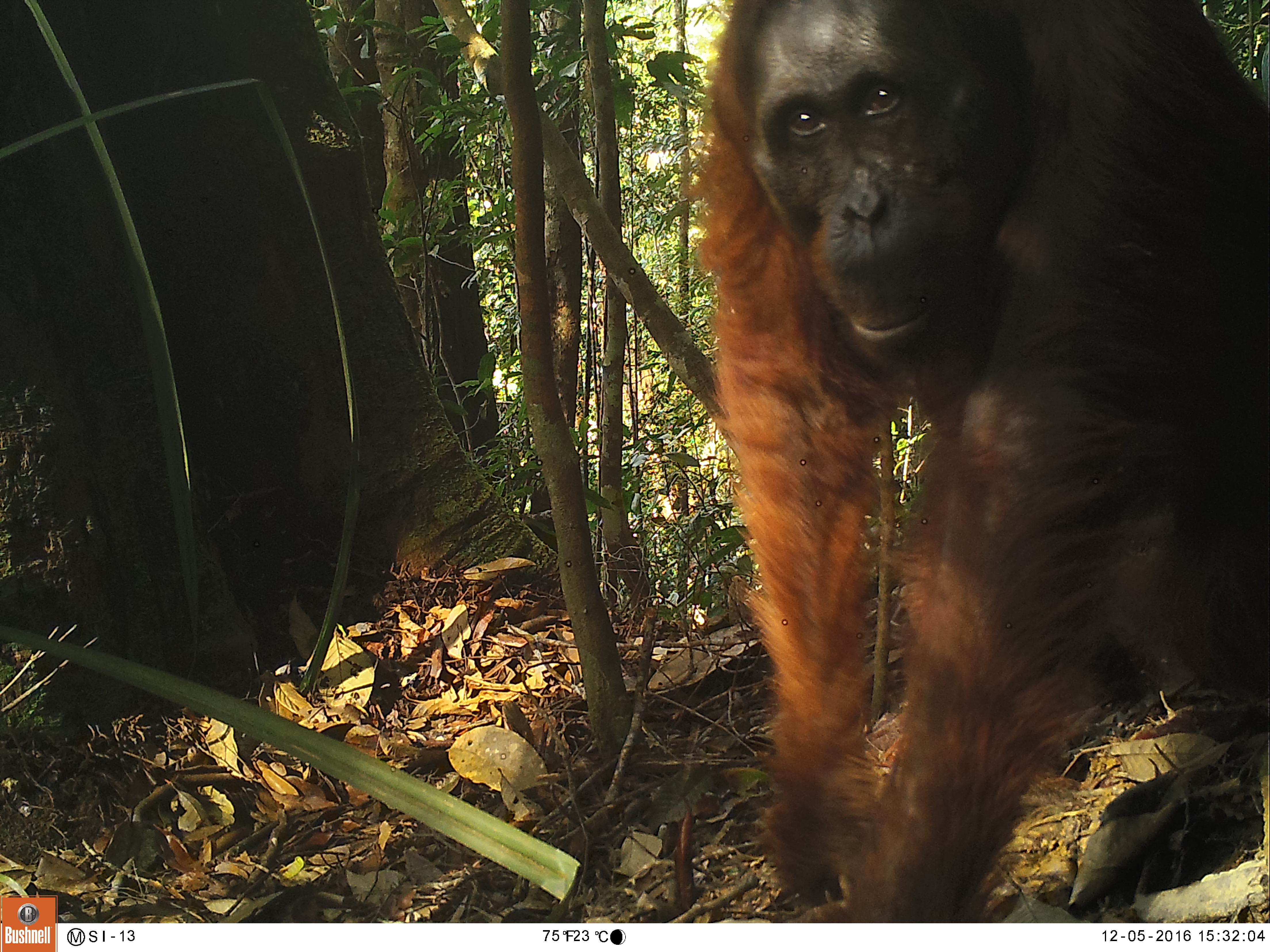It’s official – I’m going to Malaysia! I am presenting on behalf of Wildlife Insights and my talk was accepted for the International Congress for Conservation Biology 2019. To reduce my carbon footprint, I don’t take separate vacations, but instead travel when I have to go somewhere for work. I’ve ALWAYS wanted to go to Southeast Asia and given it’s such a large trip, I am going to be spending some time in Borneo. And hopefully I’ll be visiting some schools to get them started in camera trapping! But first I need to prepare for the mammals that I really want to see on my trip.
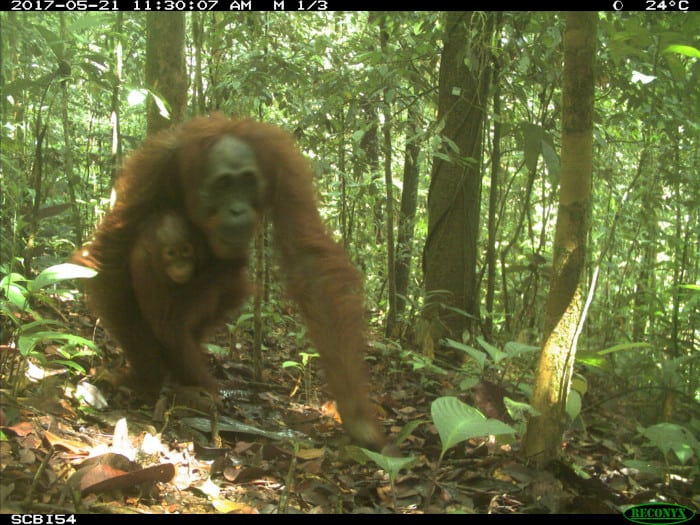
The mammal I want to see the most is easy – the Bornean orangutan! This is the only place where you can see Bornean orangutan (hence their name). They are the largest arboreal (tree-dwelling) mammal in the world! Normally camera traps aren’t good for photographing arboreal animals (unless you put the camera in the tree), but orangutans do spend a lot of time on the ground too. Unlike a lot of other primates, orangutans are more solitary and are rarely seen in larger groups.
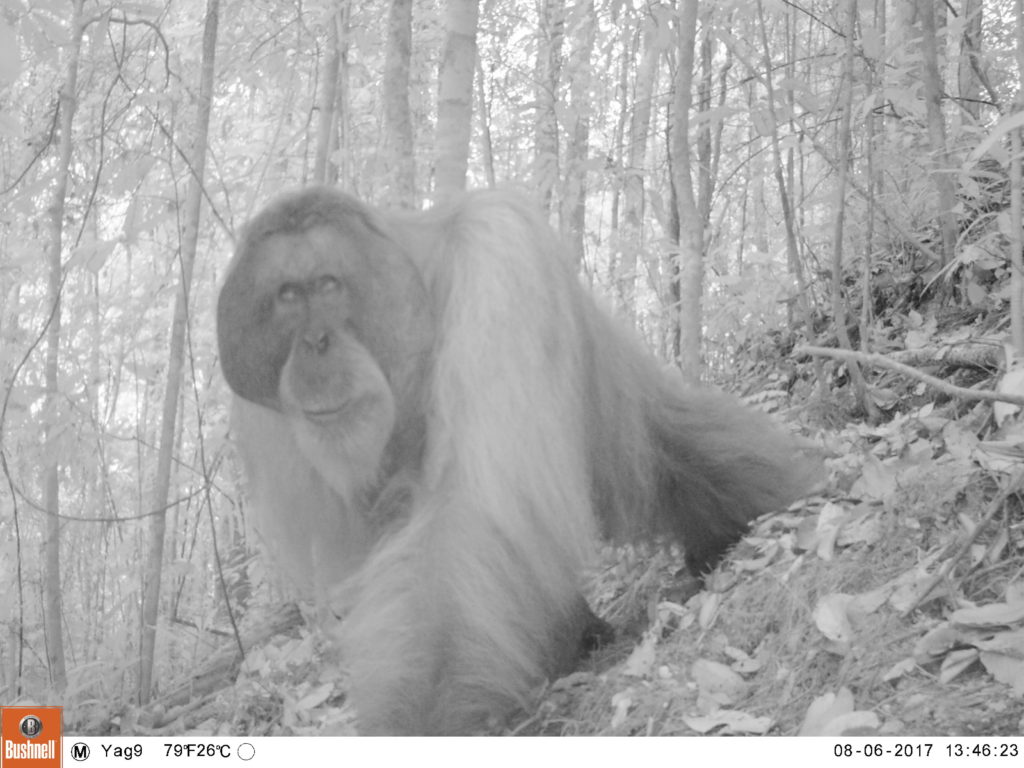
They are a critically endangered species and the total number is not well known, except for Sabah (the state where I am visiting). A survey there reported an estimate of 11,000 individuals in the early early 2000s. Unfortunately, the Bornean orangutan has a lot going against them. They are in decline because of habitat loss (from palm oil – see my palm oil post and how you can help) and hunting. People will hunt them for meat and a proportion of locals don’t even know they are protected by law. And while they are protected, their habitat is not. Only about 20% of their habitat in Sabah is protected and their distribution is highly patchy throughout Borneo due to deforestation, but also large rivers that present dispersal.
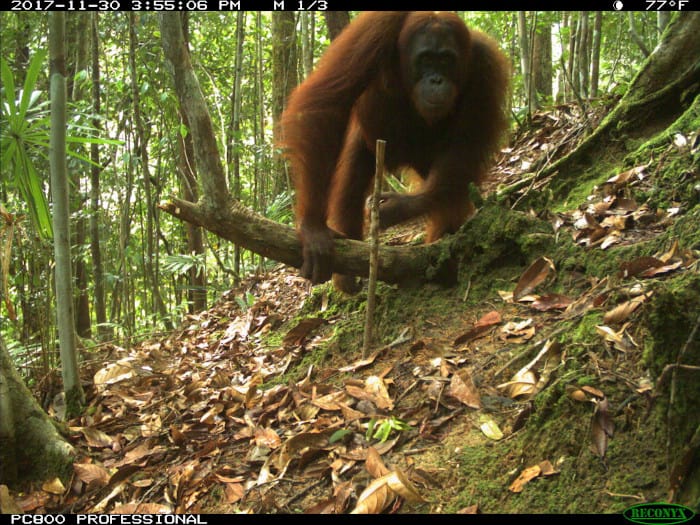
Small, isolated populations are vulnerable to inbreeding if new individuals aren’t introduce. Orangutans are also really slow breeders; females reach sexual maturity at 10-15 years of age and give birth to one baby. Hunting can therefore have a huge effect.
To top it all off, they are impacted by climate change. Bornean orangutans live in lowland forests usually below 500 m above sea level. But with climate change, they are expected to lose habitat.
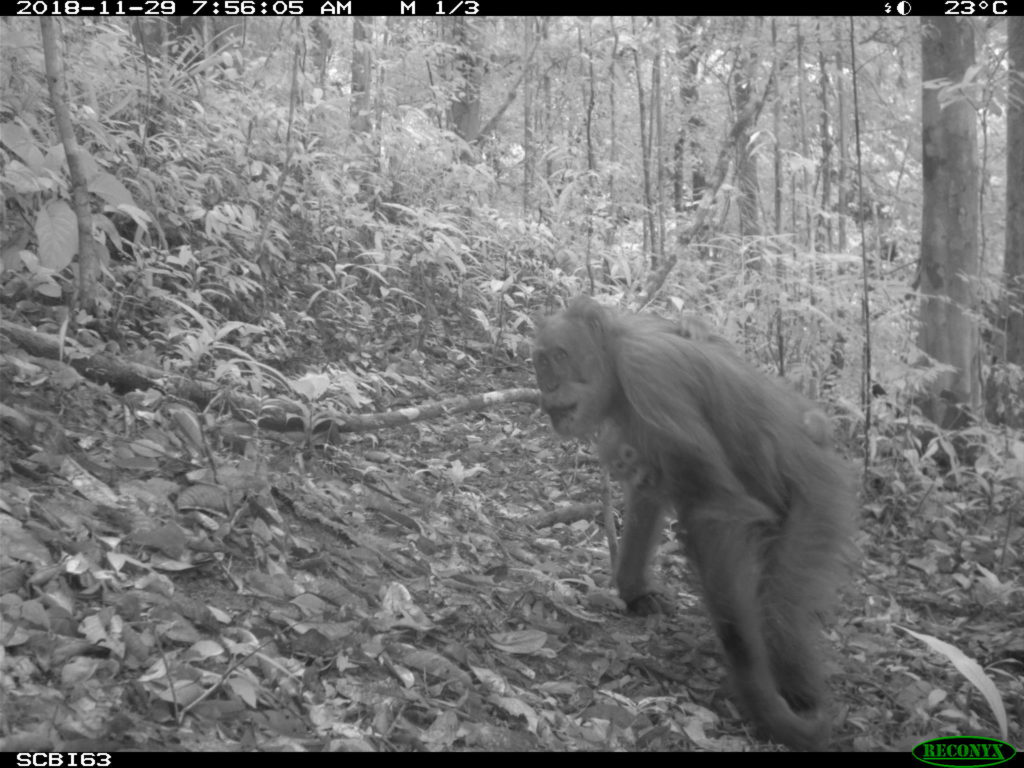
While this is a lot, I still have conservation optimism for the Bornean orangutan. Palm oil is the biggest source of habitat destruction for them, and if we all download the Cheyenne Mountain Zoo app and avoid products without sustainable palm oil, we can make a difference. You can read “Your Orangutan Friendly Valentine’s Day” on how to make sure the products you buy are friendly for orangutans.
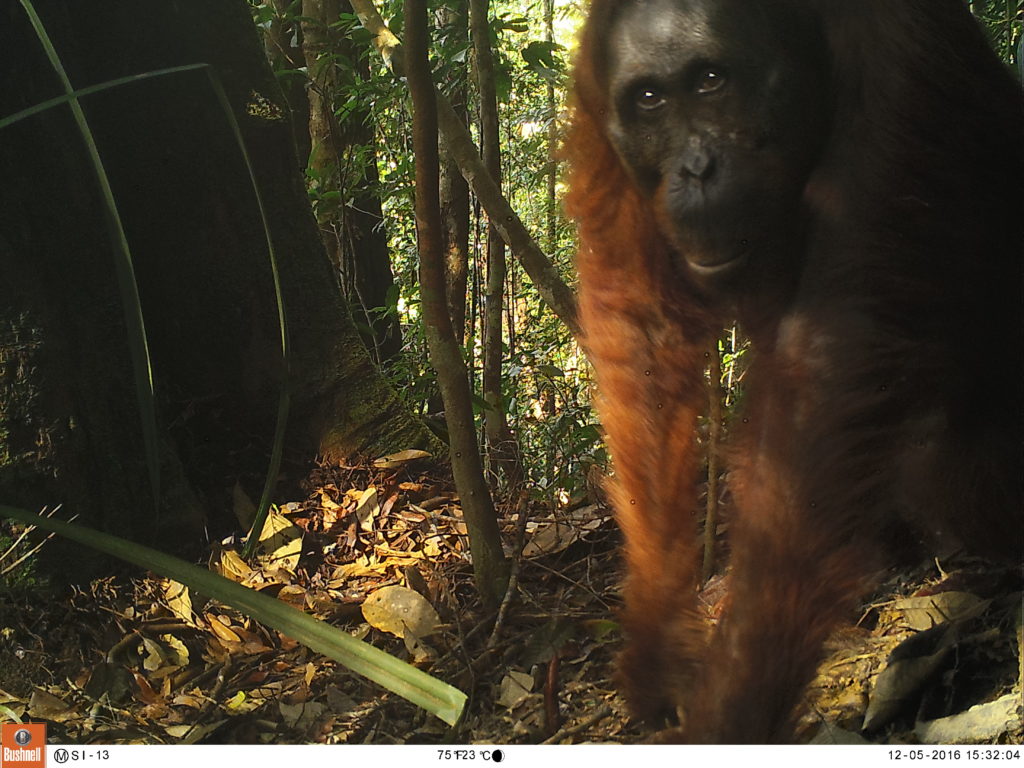
Photos are from eMammal’s Smithsonian Borneo Mammal Survey at LEWS Project.
Resources for this blog post: IUCN Red List
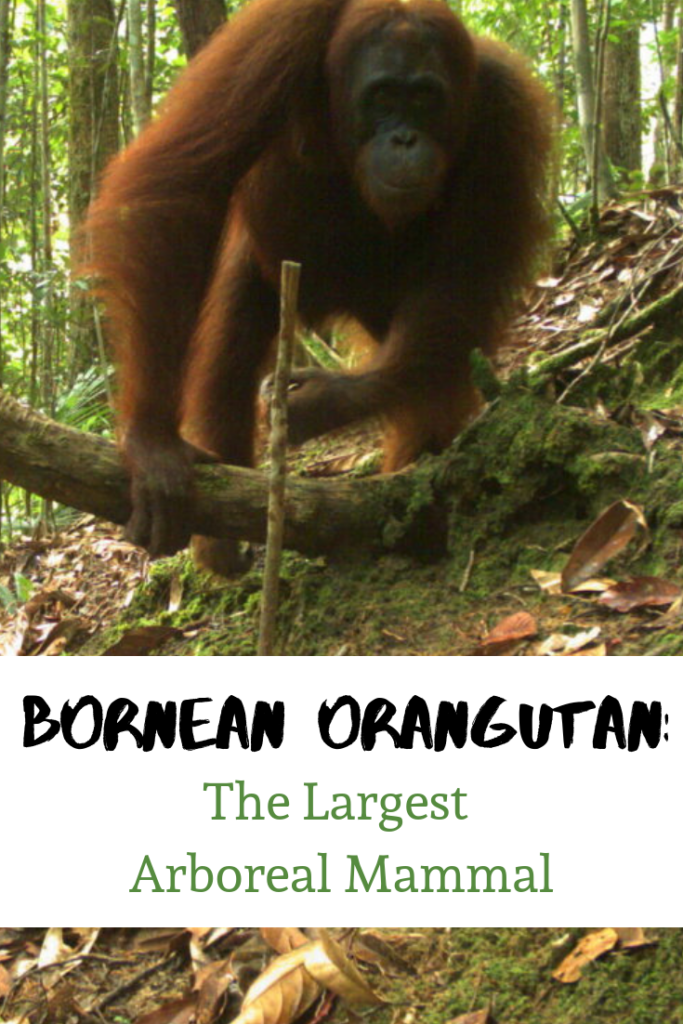
Love this post? Share it with friends!

